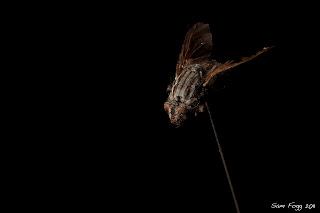Spiders have a fantastic range of abilities that can be used for our own gain, but their most precious property is undoubtedly their silk. It is 10 times stronger than steel and can stretch up to 40% of it's original length. Nevertheless, this specimen still scared the hell out of me.
A company called Nexia Biotechnologies has created a material called Biosteel. BioSteel is a trademark name for a high-strength based fiber material made of the recombinant spider silk-like protein extracted from the milk of transgenic goats, made by Nexia Biotechnologies. The company has created lines of goats that produce recombinant versions of either the MaSpl or MaSpll dragline silk proteins in their milk. When the female goats lactate, the milk, containing the recombinant silk, is harvested and subjected to chromatographic techniques to purify the recombinant silk proteins.
Unfortunately since then Nexia has been bought out and sold a number of goats to the U.S Defence Department. The whereabouts and future of these goats remains unknown, but the applications in which the silk could be used is extensive. If you could create a textile, you could weave very lightweight bulletproof vests, cables for bridges, and even anti-ballistic missile systems.
Using a reverse mounted lens, 3 extension tubes and a home made studio I was able to take this photograph. It's not a final piece in any way, shape or form. This is a starting block for a more dramatic photo, as I will change the depth of field via how many photographs I choose to stack, lighting positions and background. I will also take various photos of the spider from different angles, showing the anatomy of it, including it's spinnerets. These may be tricky though, and may require a microscope.
This photograph is comprised of 14 shots.





















